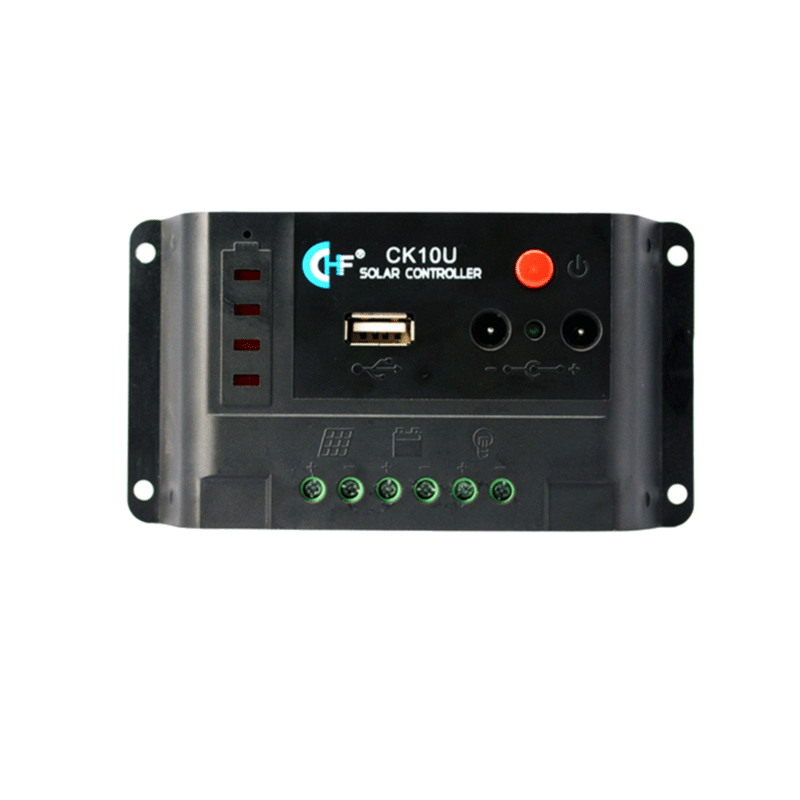NEWS
How PWM Regulators Work
- Categories:pwm controller
- Time of issue:2022-07-14 14:09
- Views:
(Summary description)The change of PWM from low to high corresponds to the rising time of the inductor current iL, and the change from high to low corresponds to the falling time of the inductor current iL.
How PWM Regulators Work
(Summary description)The change of PWM from low to high corresponds to the rising time of the inductor current iL, and the change from high to low corresponds to the falling time of the inductor current iL.
- Categories:pwm controller
- Time of issue:2022-07-14 14:09
- Views:
The change of PWM from low to high corresponds to the rising time of the inductor current iL, and the change from high to low corresponds to the falling time of the inductor current iL. In order to achieve fast and direct control, the PWM modulator can compare the peak and valley values of iL with the threshold value to determine the opening. or off time.

When the ESR component of the output capacitor dominates the ripple, the waveform of the output capacitor voltage and the waveform of the inductor current iL are very close in peak-to-valley value and phase, and the fluctuation information (voltage ripple) of the output voltage can be used to replace the inductor current. The fluctuation information (current ripple) is controlled.
In the most traditional average mode PWM control, whether it is a single-loop voltage mode control or a double-loop average current mode control, the PWM modulator uses the information of the average voltage or current and passes through the loop compensator to obtain the average value-based control. The control signal is compared with a fixed frequency carrier (referred to as ramp) to generate a PWM wave.





